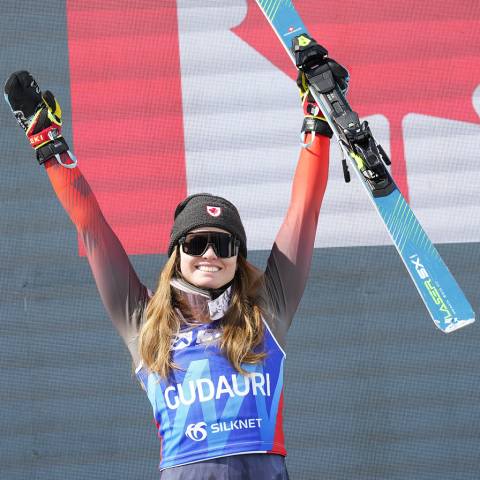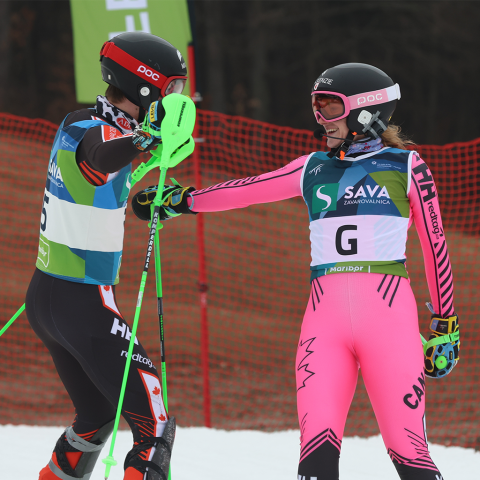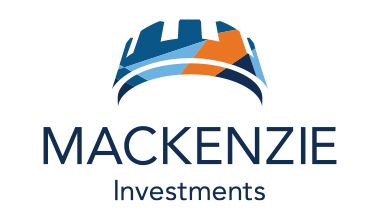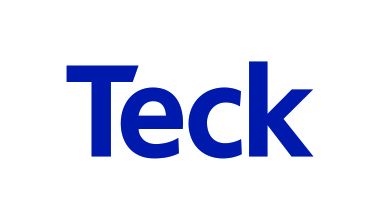Information provided by Canadian Alpine Ski Team alumni.
Calgary, Alta. (November 22, 2017) - For the next two weeks, Lake Louise will be the focus of the alpine ski racing world, as the Winterstart World Cup welcomes the best alpine ski racers in the world. Two weeks of action in downhill and super-G, followed by the Nor-Am Cup races where ‘next generation’ athletes get a taste of a World Cup track.
The Olympic track on the front face of Whitehorn was designed in the early 1960’s by renowned downhill designer Willy Schaffler, who was commissioned by the 1968 Banff/Calgary Olympic Bid Committee to develop a run that would challenge the best and be a marquee venue for the bid. While these early Olympic bids failed, the actual track designed by Schaffler is fully in-use, a testament to sport legacy and enormous benefits to both National Team and next generation athletes from Canada.
When the final downhill race of the 1980 winter was cancelled in Chamonix, France, World Cup subcommittee Chair, Serge Lang, called for bids to host the final race following the 1980 Lake Placid Olympic Winter Games. Two bids emerged: Bad Kleinkirchheim, Austria and Lake Louise, Canada.
The Canadian bid was considered a long-shot, as the organizing committee selected by the World Cup subcommittee had less than 30 days to pull together an event. The Austrian bid, came with a history of hosting World Cup events and it was the home venue for the most famous downhiller of all time: Franz Klammer.
Canada had never hosted a World Cup speed event.
A tenacious group of volunteers bolstered by a recently organized 1988 Olympic Bid Committee and backed by several key sponsors, stepped up to challenge the status quo. Always pragmatic, Serge always had a keen eye for a great opportunity and saw fertile ground to broaden the appeal of the World Cup. He urged his subcommittee step outside the conservative world of alpine ski racing in Europe, to accept the Canadian bid. Along with great support from Peter Andrews, Canada’s World Cup subcommittee representative, the Lake Louise bid was accepted.
From there, it was four weeks of frantic effort. An organizing committee was pulled together. There were no nets for safety available, so the word went out to other competition venues as well as makeshift nets built in local garages. The Chateau Lake Louise was closed and under renovation, so part of the hotel was opened temporarily to house teams, officials and volunteers. Wiring was temporarily strung for timing, communications and TV.
It was a focused, community effort and on March 4, 1980 - a Wednesday - at 11:00 in the morning, racer number one was on-course in front of 15,000 spectators that flocked to Lake Louise to take in the action.
According to the late Marc Hodler, then President of the International Ski Federation, the delivery of this event so successfully on such short notice, was a key step to winning the hearts of the International Olympic Committee in selecting Calgary as host for the 1988 Olympic Winter Games.
Sixteen young men took the start that day to represent Canada. Gaining a start position was much different in the 1980’s, where the base quotas for teams was determined from the number of athletes ranked in the top 100 on the international ranking list. An organizer had the additional boost with and additional quota of 6 athletes for the host nation. As Canada was a downhill power, 10 athletes were ranked in the top 100 and the host nation quota gave younger athletes an opportunity for valuable World Cup experience.
An update on the young men of the Canadian Team from 1980:
Gary Athans: son Marcus is a current member of Okanagan ski Team & son Isaac top BC u16 racer; working to develop permanent speed training track at Apex.
Germain Barrett: FIS Technical Delegate and Safety Expert for designing speed venues
Scott Hutcheson: Co-Chair of Winterstart Board, which operates the Lake Louise World Cup races; Director, Own The Podium; Chair, WinSport Canada
Bill Irwin: Assistant Chief of Race Mens Speed & Safety expert for the 1988 Olympic Winter Games; Chief of Race, ladies World Cup race at Lake Louise in 1989; Chairman 2007 Panorama Ladies World Cup; President Banff Alpine Racers 2006-2010; daughter Stephanie was a member of CAST from 2008 to 2011.
Dave Irwin: Founder of the Dave Irwin Foundation for Brain Injury
Mike Irwin: Chief of Race for the annual Nor-Am slalom races at Panorama Resort
Chris Kent: coach, on-site announcer for World Cups, holds world records for one-day lift-serviced and heli-ski verticals.
Robin McLeish: Owner of Out-front Sports, a winter sport agency
Dave Murray: Founder of Canadian Masters Ski Series, sadly passing in 1990.
Brian O’Rourke: Chief of Course for the first ladies World Cup downhill at Lake Louise in 1989.
Steve Podborski: Chef de Mission, 2014 Olympic Winter Games in Sochi; Vice Chair of Canadian Snowsports Association; Chair of the FIS Committee for disabled skiing
Ken Read: Vice Chair, FIS Alpine Executive Board; Chair, FIS Alpine Youth subcommittee; Chair, FIS Coordination Group for Youth & Children’s Questions
David Roth: Daughter Julia was member of the Canadian Development Team
Also in the race: Tiger Shaw, current President & CEO for US Skiing
Unable to race due to injury: Todd Brooker: Sports Television Skiing Broadcaster with ESPN, CBS, NBC and CBC, Olympic analyst for CBC at the 2018 Olympic Winter Games in Korea
Unfortunately, we were unable to source updates from Greg Hann, Doug Kerr and Craig Podborski.












